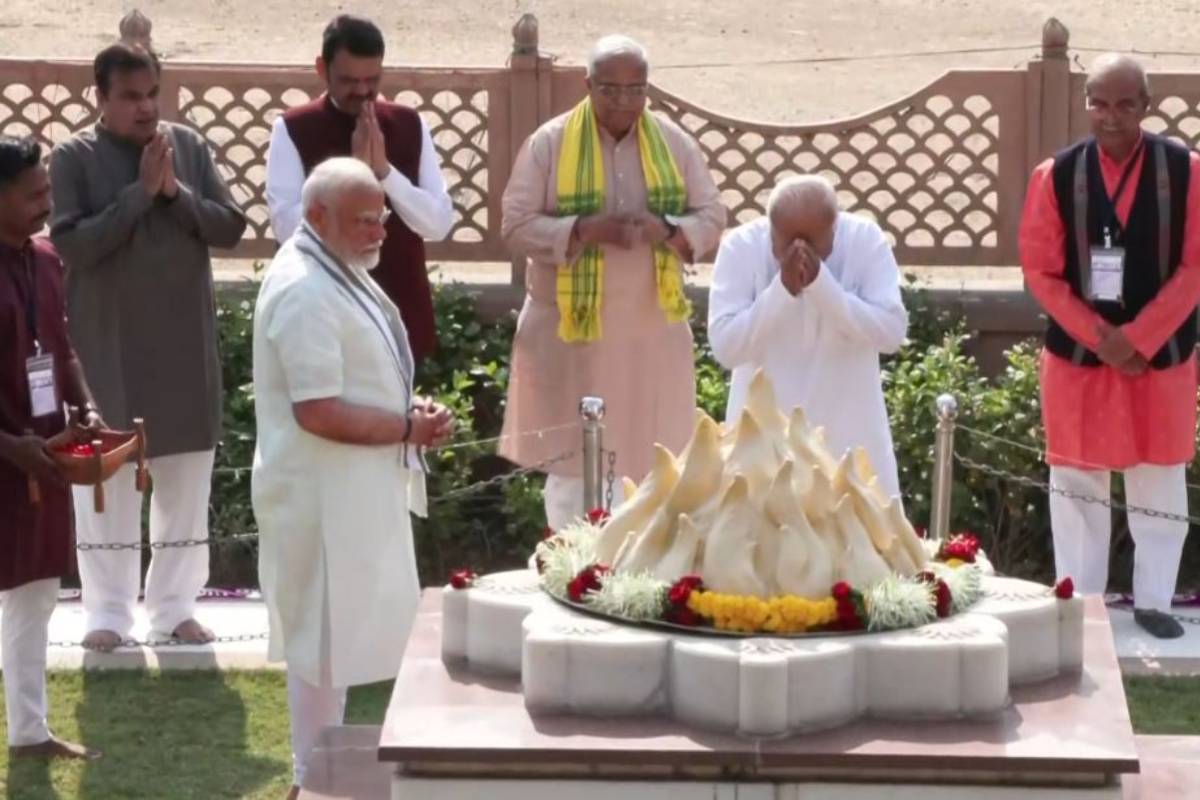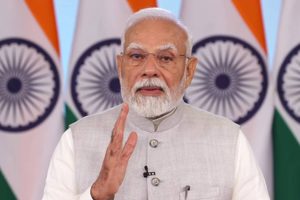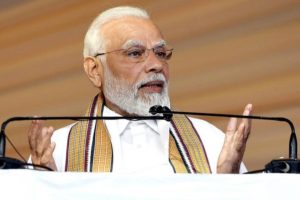Rashtriya Swayamsevak Sangh (RSS) chief Mohan Bhagwat arrived at Smruti Mandir in Nagpur, Maharashtra, on Sunday ahead of Prime Minister Narendra Modi’s visit. The visit comes as the RSS gears up to celebrate its centenary year.
Prime Minister Modi is scheduled to pay homage at the memorial of RSS founder Keshav Baliram Hedgewar at Smruti Mandir in Reshimbagh. He will also visit Deekshabhoomi, where Dr. Babasaheb Ambedkar embraced Buddhism with thousands of his followers in 1956.
As per the Prime Minister’s Office (PMO), PM Modi’s visit will begin at 9 AM with darshan at Smruti Mandir, followed by a visit to Deekshabhoomi. At 10 AM, he will lay the foundation stone of the Madhav Netralaya Premium Centre, a state-of-the-art ophthalmic institute in Nagpur, and address a public gathering.
At around 12:30 PM, the Prime Minister will inaugurate the Loitering Munition Testing Range and an airstrip for Unmanned Aerial Vehicles (UAVs) at Solar Defence and Aerospace Limited in Nagpur. This facility will enhance India’s defence capabilities by enabling live testing of guided munitions.
Following his engagements in Nagpur, PM Modi will travel to Chhattisgarh to launch multiple development projects worth over ₹33,700 crore in Bilaspur. These projects span critical sectors, including power, oil and gas, rail, road, education, and housing.
RSS ideologue Ashutosh Adoni described the visit as a “historic moment,” highlighting its significance in the Sangh’s journey. “A dedicated RSS volunteer, now serving as India’s Prime Minister, visiting Smruti Mandir makes this visit extraordinary,” Adoni told ANI.
RSS leader Seshadri Chari emphasized that this is PM Modi’s first visit to Smruti Mandir since taking office. “As RSS marks 100 years, this visit holds immense significance. The Prime Minister is committed to the vision of a ‘Viksit Bharat,’ aligning with the Sangh’s goals,” he said.
With this visit, PM Modi reaffirms his long-standing association with the RSS while advancing key infrastructure and defence projects, reinforcing India’s path toward progress.
Would you like any further refinements?





